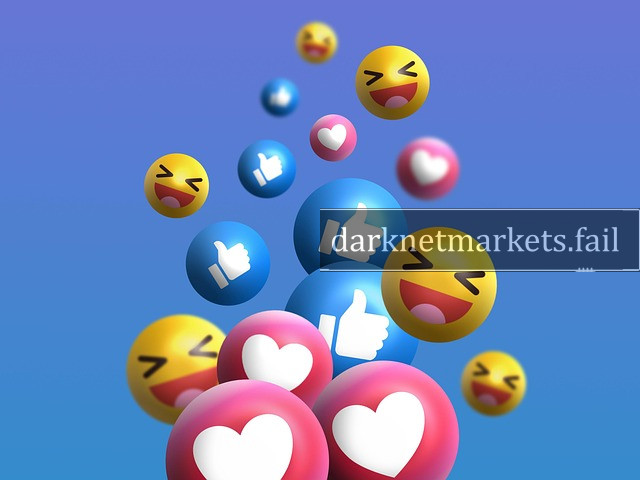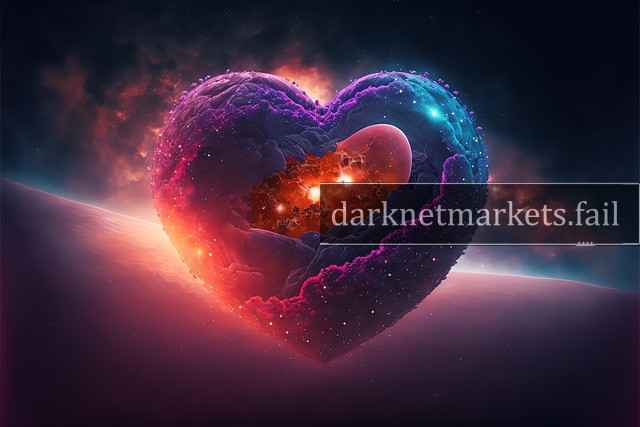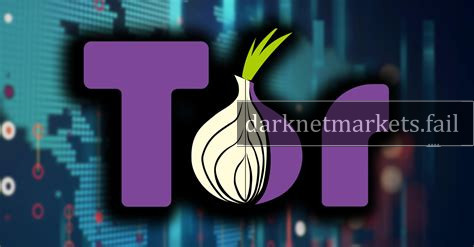Viral Impact: How Viral Content Is Shaping Our Digital World

Viral Impact – The internet has dramatically changed the way we interact with the world, and nowhere is this transformation more evident than in the realm of viral content. Whether it’s a meme, video, or social media post, content that goes viral has the power to spread quickly, influence millions of people, and even change social, cultural, and political landscapes. From humorous viral videos to movements that spark societal change, viral content has become a driving force in the digital age.
In this blog post, we will explore the concept of viral content, how it works, why it spreads so effectively, and the impact it has on individuals, businesses, and society as a whole.

What Is Viral Content?
Viral content refers to any piece of media, be it a video, image, article, or post, that gains massive popularity in a short period. The key characteristic of viral content is its rapid and widespread sharing, often reaching millions of people in a matter of hours or days. This sharing process typically happens across social media platforms, emails, and other online networks, often spurred by user engagement.
For something to go viral, it must elicit a strong emotional response—whether that’s humor, awe, shock, or inspiration. This emotional impact drives people to share it with their own networks, which in turn amplifies its reach. Unlike traditional marketing, which requires significant investment and strategy, viral content often spreads organically and can achieve extraordinary visibility with minimal initial effort.
Key Elements of Viral Content:
- Shareability: Content that is easily shareable tends to spread faster. It’s designed in a way that encourages sharing, whether through simple visuals or compelling messages.
- Emotional Impact: Emotional resonance—whether humor, fear, joy, or outrage—is a significant driver of viral content. People are more likely to share something that provokes a strong emotional response.
- Timeliness: The timing of content is crucial. Viral content often capitalizes on current trends, events, or viral challenges, making it relevant to the moment.
- Authenticity: Authentic content, which feels genuine and relatable, tends to resonate more with audiences. This could include personal stories, raw footage, or spontaneous moments.
- Simplicity: Viral content is often easy to understand and digest. It’s something people can quickly grasp and share without much effort or explanation.

How Does Content Go Viral?
There’s no exact science to creating viral content, but several factors contribute to its spread. Let’s break down how content typically goes viral:
1. Social Media Algorithms
Social media platforms like Facebook, Instagram, Twitter, and TikTok play a significant role in making content go viral. These platforms use algorithms to determine what users see in their feeds, and the more people interact with a post—whether by liking, commenting, sharing, or even just watching—the more likely it is to be shown to others. As engagement increases, the platform promotes the content to wider audiences, leading to further viral amplification.
Platforms such as TikTok have a particularly powerful algorithm that can make even relatively unknown creators go viral almost overnight. With its short-form video format and high engagement potential, TikTok is a hotbed for viral trends and challenges.
2. Influencers and Celebrities
Influencers and celebrities often play a central role in propelling content to viral status. When a popular figure shares or endorses a piece of content, it gains instant visibility due to their large following. A single retweet from a celebrity or a shared post from a well-known influencer can dramatically increase the reach of a viral message.
3. Human Networks and FOMO (Fear of Missing Out)
Humans are naturally social creatures, and we are hardwired to share information with others. When something resonates with us emotionally, we want to share it with our networks. The Fear of Missing Out (FOMO) also contributes to the viral spread. As people see others talking about or sharing certain content, they are more likely to engage with it themselves, further contributing to its spread.
4. Hashtags and Challenges
Hashtags and viral challenges are a key element in making content viral. On platforms like Twitter and Instagram, using popular or trending hashtags increases the chances that the content will be seen by a broader audience. For example, a hashtag challenge like the Ice Bucket Challenge or the #MeToo movement spread globally due to the viral nature of participatory content. People love to join in on trends, and the more people participate, the bigger the movement grows.
5. User-Generated Content
One of the most powerful aspects of viral content is that it often involves user-generated content. People love creating their own versions of viral content, contributing to its spread and longevity. For instance, memes, dance challenges, and remix videos often evolve as different users put their spin on the original content, leading to widespread adoption and even more virality.
The Impact of Viral Content
Viral content has far-reaching implications, both positive and negative, for individuals, businesses, and society at large. Let’s explore the various impacts viral content can have:
1. Cultural Influence
Viral content can significantly shape culture, often reflecting or driving social trends. Memes, videos, and viral phrases can become part of everyday language, influencing the way people communicate. For example, phrases like “YOLO” or “Keep Calm and Carry On” became part of mainstream vernacular because of their viral spread.
On a broader scale, viral content can spark movements. Social justice causes, such as Black Lives Matter or #MeToo, gained significant traction because of viral posts and content shared across social media platforms. In these cases, viral content has been used to mobilize individuals and raise awareness about important social issues.
2. Marketing and Branding
For businesses, viral content can be a powerful marketing tool. Companies that create viral content can experience a massive surge in brand recognition, engagement, and sales. Viral marketing campaigns, like Old Spice’s “The Man Your Man Could Smell Like” or Dove’s Real Beauty Sketches, have been lauded for their ability to go viral and generate immense consumer interest.
However, not all viral content is under a company’s control. Brands sometimes find themselves at the mercy of consumers who create their own viral content—whether it’s a funny meme, review, or a viral complaint. In such cases, businesses must be prepared to respond to viral content, whether positive or negative, to protect their reputation.
3. The Dark Side of Virality
While viral content can bring people together, it can also have negative consequences. Cyberbullying, online harassment, and misinformation can spread rapidly through viral content. In some cases, viral posts may target individuals or groups, spreading false or harmful information that can cause real-world harm.
For example, viral hoaxes, rumors, or fake news stories can mislead people and cause panic, as was the case with the “Pizzagate” conspiracy theory that spread across social media. Misinformation can often go viral just as easily as truth, leading to societal unrest and confusion.
4. Personal Impact
For individuals, going viral can have both positive and negative consequences. While some people experience sudden fame, as seen with viral internet stars or influencers, the spotlight can be overwhelming. Privacy issues, unrealistic expectations, and the pressure of maintaining a public persona are common challenges faced by those who become viral sensations.
Conversely, going viral for the wrong reasons—whether it’s a viral scandal, embarrassing moment, or public criticism—can lead to unwanted attention and harm to a person’s reputation and mental health.
Conclusion
The power of viral content is undeniable. In today’s fast-paced digital world, where information travels instantly and widely, understanding the dynamics of virality is crucial for anyone looking to create meaningful impact, whether for personal, social, or business purposes. While viral content can amplify voices, create movements, and drive innovation, it also carries significant risks, especially when it leads to misinformation or harm.
As we continue to navigate this digital era, the influence of viral content will only grow. Embracing its power responsibly, understanding its potential to shape culture and society, and recognizing its impact on individuals will be key to harnessing the full potential of viral content.



